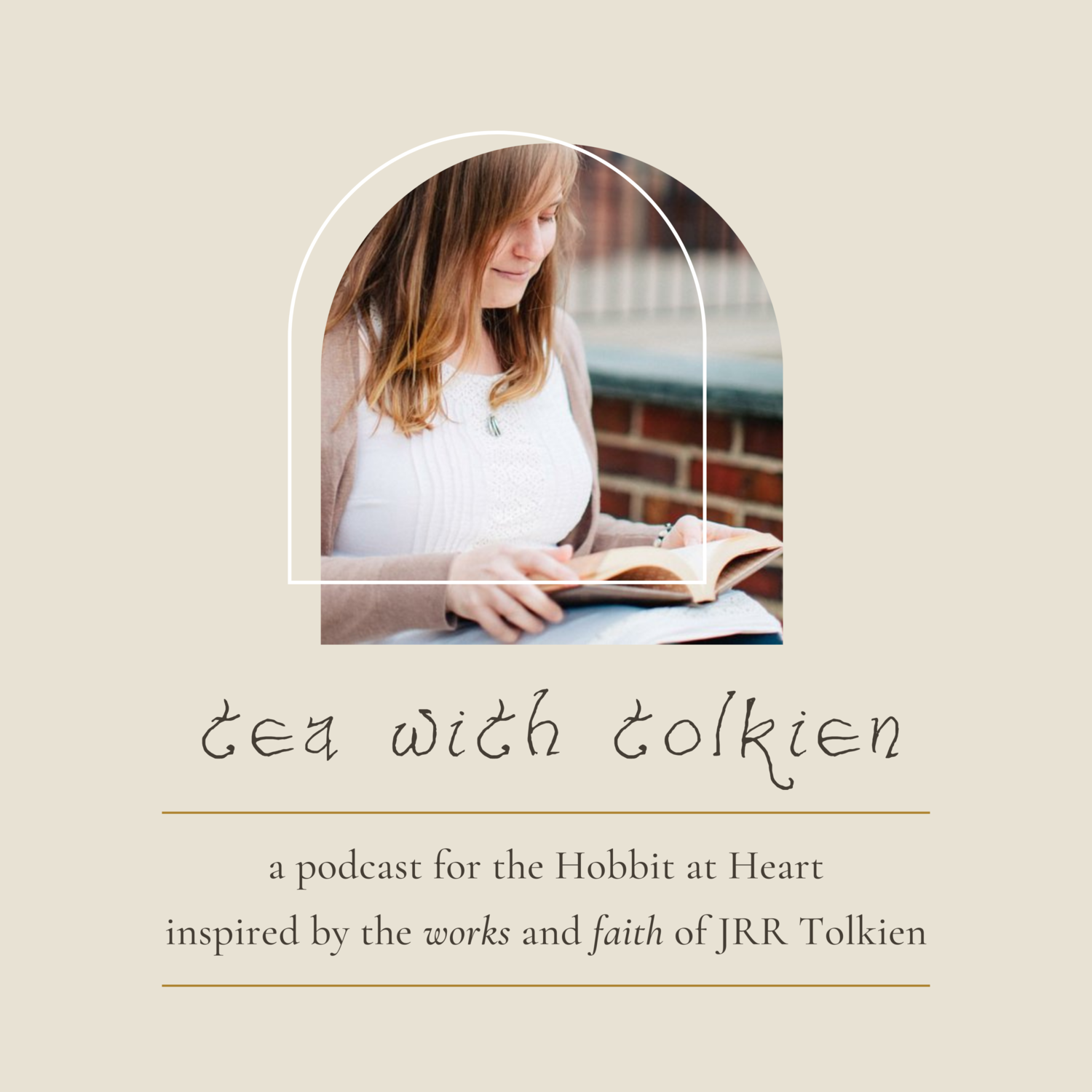
Tea with Tolkien
Kaitlyn Facista
Podcast
Episodes
Latest Episodes
Episode Notes: https://www.teawithtolkien.com/blog/fon-10 If you’d like to join in on the discussion, you can sign up for our book club at www.teawithtolkien.com/book-club to receive the link to our discord server. If you’d like to support Tea with Tolkien by becoming a patron, you can learn more at www.patreon.com/teawithtolkien Play episode
Tea with Tolkien RSS Feed

























